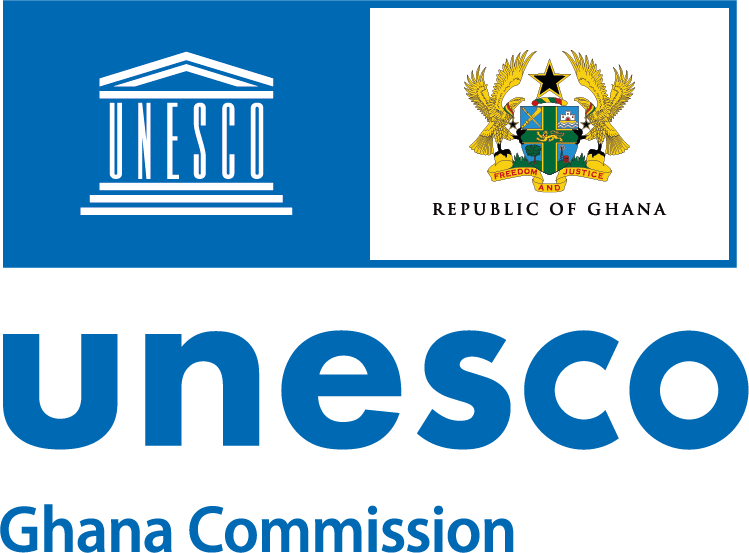- Login to ASPnet | Ghana Commission for UNESCO | Government Agency Responsible for the coordination of Ghana's contributions to and presence at UNESCO
Preserving Flora and Fauna at Biosphere Reserves

Planting Mangroves at Songor Ramsar Site
Since 2011 the Songor Ramsar Site has been part of the Network of the UNESCO Biosphere Reserve. It is situated around Ada, in Greater Accra, and covers 51,133.3 ha. The Wildlife Division, one of the three divisions of the reconstituted Forestry Commission since 1965, is responsible for all wildlife and assigned to this site.
The Biosphere Reserve has three types of ecosystems: marine and coastal areas, wetlands containing lagoons and marshes, and the fresh water of lower Volta. In the core area, which requires most protection, the main vegetation types are the marshes on the mud flats, the mangroves and the waterlogged grassland. They serve as ideal feeding and roosting grounds for heron, egret, cormorant, greenshank, stilt and other small waders and terns, estimated at about 109,000 migratory birds, and as a reproduction site for fish species. The sandy beach is a nesting place for green sea turtles, leatherback sea turtles and the olive ridley sea turtles commonly found along the shores. In the outer zones (buffer and transition area) communities are engaged in fishing, farming and intensive salt extraction for their livelihoods.
Human impacts that impede the ecosystem’s ability to serve its conservation function are: inappropriate use of pesticides and disposal of their containers; sand winning on the shore for construction; habitat modification for agriculture; deforestation; poaching of turtles, birds and other species; nest predation and collection of eggs; illegal activities on the Volta River, such as discharging chemical waste in water and boat speeding; overfishing; sea erosion; illegal killing of wildlife; plastic waste on the coast line; open defecation; occasional wildfires; and habitat degradation and pollution.
To sustain and conserve the ecosystem’s ability, biodiversity and species, the Wildlife Division undertakes current management practices such as planting mangroves in collaboration with local stakeholders and communities. Mangroves provide better fishing opportunities for communities, produce oxygen for better air condition, offer habitat for many birds and monkeys, and due to their strong roots, mangroves prevent sea erosion. For these reasons, the mangroves are saved from being cut down. But because the community needs firewood the Wildlife Division is planting trees that are specially meant for this purpose.
To protect turtles from illegal activities, the WIldlife Division is performing day and night patrols at the beach weekly to document turtle activities. By tracking nests and observing hatches, the turtles are granted a safe and calm living space. Furthermore, the Wildlife Division acts as law enforcement. Whenever they note illegal activities in the Biosphere Reserve, they arrest offenders. In the buffer zone, the site arranges different activities for education, training and monitoring. Regarding education, regular sensitization in schools and communities on wetlands and Wildlife values and issues are organised. In Addition, a radio programme is conducted on the community radio station, Radio Ada, to reach even more people, raise awareness, and inform about current topics in the local language. To involve the resident people, regular sanitation and clean up activities with the communities are planned. As a Biosphere Reserve the integration of local communities and the organisation of education and training programmes is of highest priority. By respecting the environmental need for the Biosphere Reserves as much as the socio-economic need for the communities, the Wildlife Division is working on social sustainable solutions.
The main town, Ada Foah, offers a lot of tourist activities. Besides beach resorts, the Wildlife Division encourages visitors to study flora and fauna, to see the variety of bird species and takes them on night walks at the beach to see turtles in their natural habitat.
Sources: https://rsis.ramsar.org/ris/566 and Periodic Review from Biosphere Reserve, January 2013
